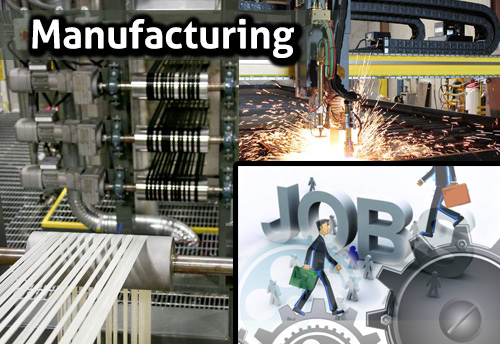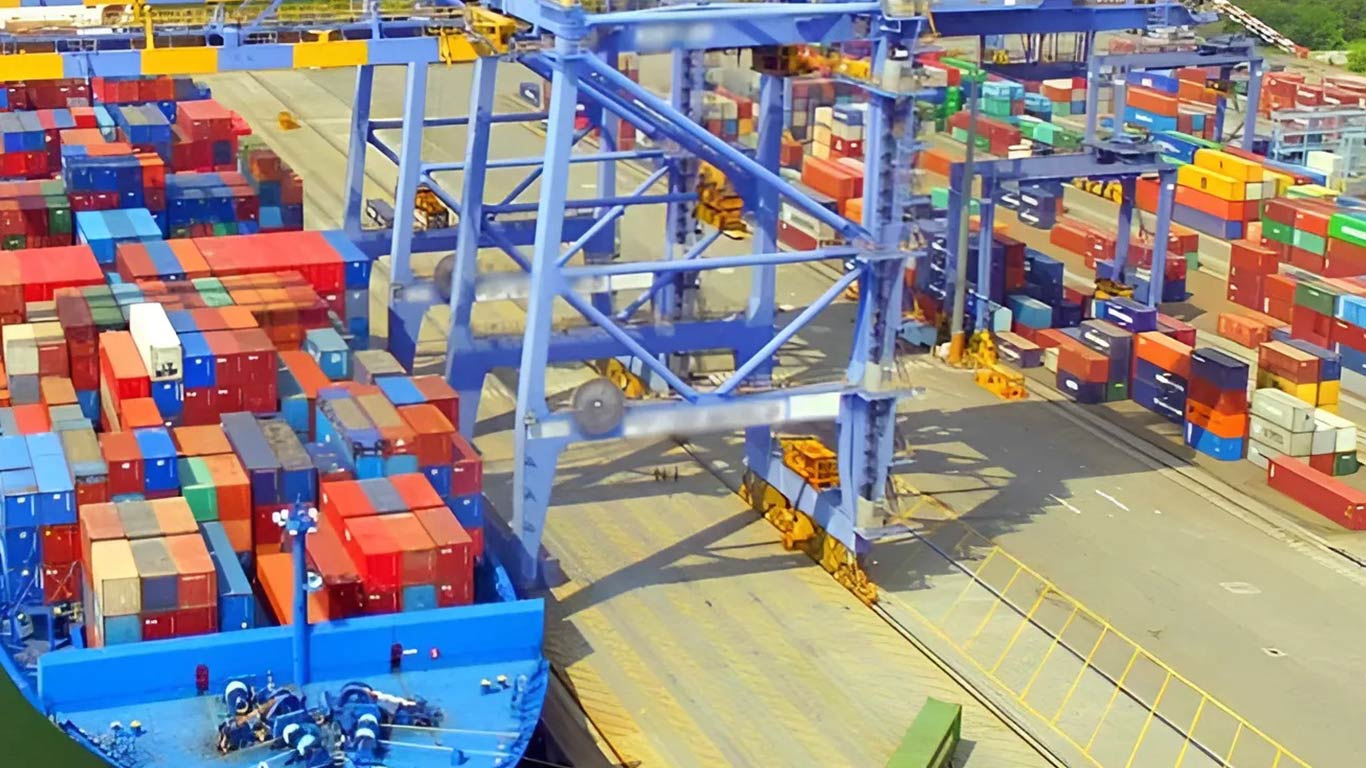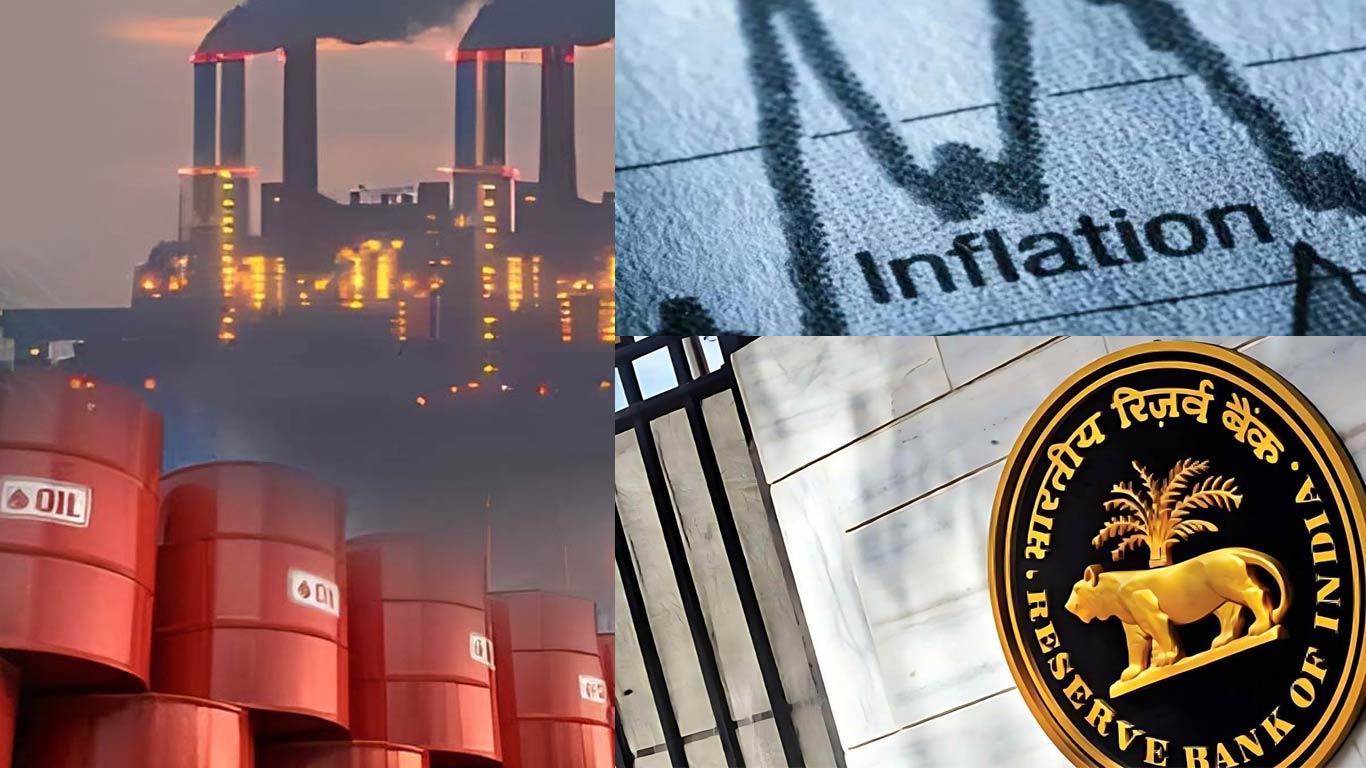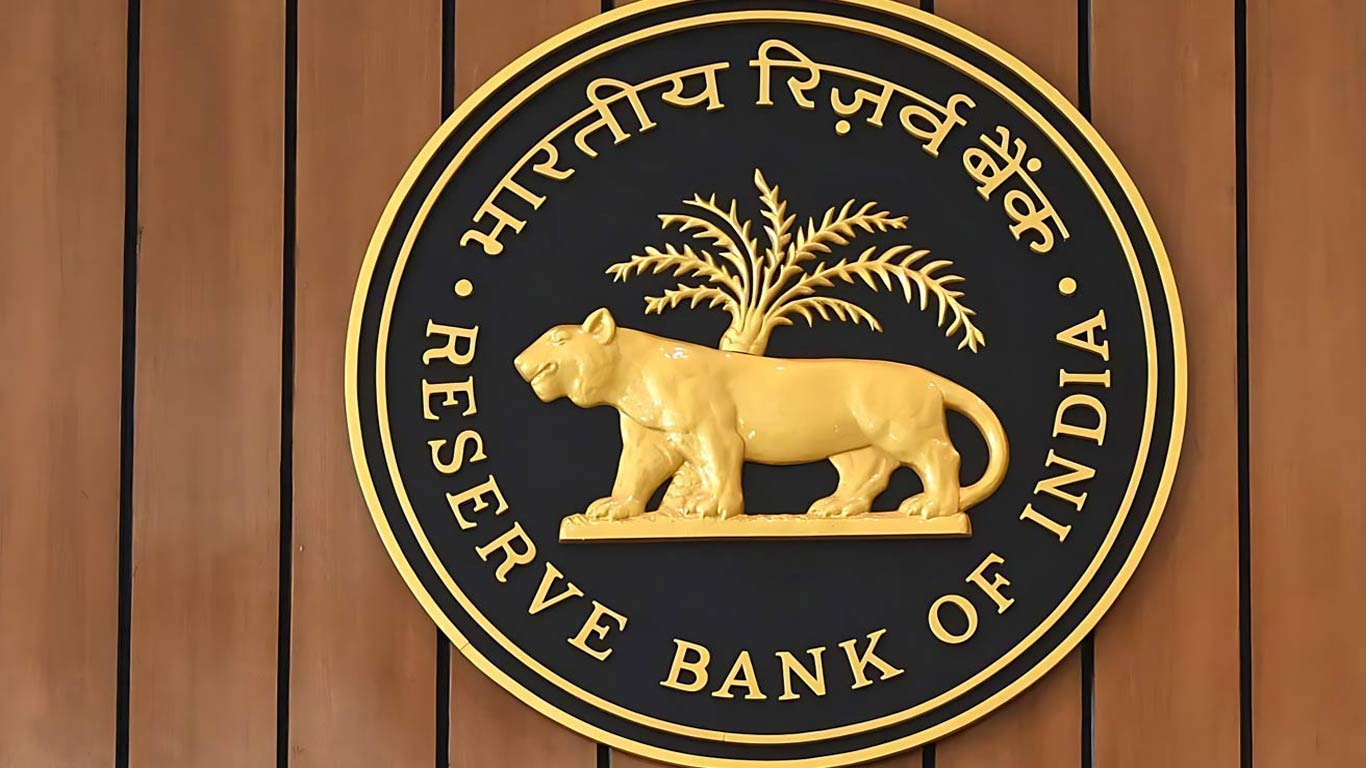Manufacturing sector grows at slowest pace in 15 months with tamed production growth and job creation: Report
Updated: Sep 03, 2019 09:25:15am

Manufacturing sector grows at slowest pace in 15 months with tamed production growth and job creation: Report
New Delhi, Sept 3 (KNN) The country’s manufacturing grew at a slowest rate in the last 15 months with production growth and job creation tamed, said a report.
According to IHS Markit report, India’s Manufacturing PMI declined to its lowest mark since May 2018 at 51.4 in August from 52.5 in July.
With sales expanding at the slowest rate in 15 months, production growth and job creation were tamed, while factories lowered input buying for the first time since May 2018. Some survey members also reported cash flow problems and a lack of availability of finance, IHS Markit noted.
At 51.4 in August, the seasonally adjusted IHS Markit India Manufacturing PMI signalled a further improvement in the health of the sector. However, the headline figure was down from 52.5 in July to its lowest mark since May 2018, and below its long-run average of 53.9.
New business continued to flow in, but August saw the rate of expansion ease to a 15-month low. Firms that noted sales growth commented on successful marketing and the receipt of orders in bulk. Anecdotal evidence indicated that competitive pressures and challenging market conditions restricted the upturn. New orders from overseas also increased at a slower rate in August, with growth the weakest seen since April 2018.
Subdued sales to domestic and international clients in turn curbed output growth, which softened to the weakest in a year. Some survey members also reported cashflow problems and a lack of available finance.
Despite remaining in expansion, employment rose only marginally, and to a lesser extent than in July. Some panellists indicated that weak sales prevented them from replacing retirees and voluntary leavers.
Firms also sought to curb their expenses via lowering their input buying. The fall was the first in 15 months and the fastest since mid-2017. Subsequently, holdings of raw materials and semi-finished items declined. This ended a 17-month period of accumulation.
Inventories of manufactured goods decreased further in August, taking the current stretch of depletion to 25 months. The pace of reduction was marked and the quickest since last September.
August data continued to show a lack of pressure on the capacity of suppliers, as average lead times shortened for the fifth straight month. The improvement in vendor performance was, however, only fractional.
Backlogs of work at goods producers were broadly unchanged in August, as signalled by the respective index recording only fractionally above 50.0.
Although Indian manufacturers saw their cost burdens increase to a greater extent in August, the rate of input price inflation remained below its long-run average. On the other hand, charge inflation eased as a number of factories refrained from price hikes amid efforts to boost sales.
Goods producers maintained optimistic growth projections, with hopes of a pick-up in demand and marketing efforts predicted to support output in the year ahead. Sentiment strengthened to a 16-month high.
Commenting on the latest survey results, Pollyanna de Lima, Principal Economist at IHS Markit, said: "August saw an undesirable combination of slowing economic growth and greater cost inflationary pressures in the Indian manufacturing industry.
"Most PMI indices moved lower, including key health-check measures for new orders, output and employment. In the former two cases, rates of expansion were particularly weak when we look at the survey history.
"Another worrying sign was the first drop in input buying for 15 months, which reflected a mixture of intentional reductions in stocks and shortages of available finance. Until manufacturers are willing to loosen the purse strings, it's difficult to foresee a meaningful rebound in production growth on the horizon. "Another factor restricting quantities of purchases was a pick-up in the rate of increase in input prices. While not alarming, the acceleration in cost inflation may restrict central bank stimulus to the economy in the near-term."











